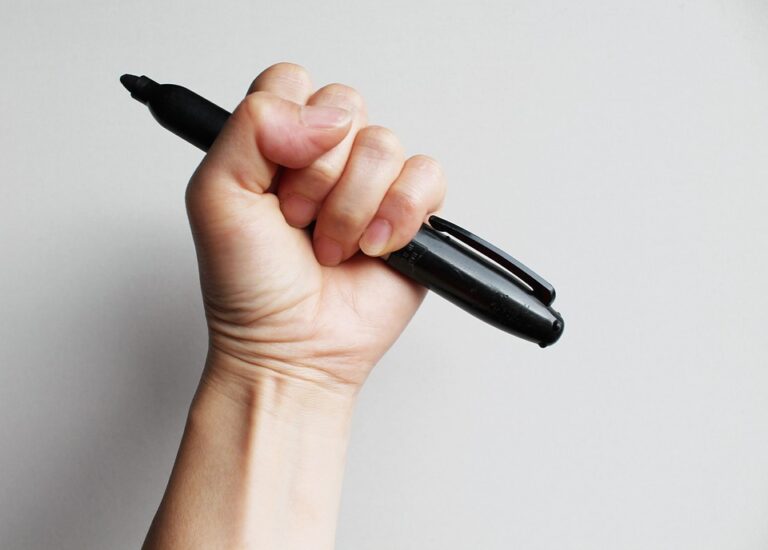
The Evolution of Barbie Dolls: A Journey Through History, Trends, and Collectibility
Barbie dolls have transcended mere playthings, morphing into cultural icons that reflect societal changes, trends, and even the evolution of femininity. Since her debut in 1959, Barbie has not only evolved in appearance but also in the roles she embodies. This exploration takes us through a fascinating timeline, revealing how Barbie has mirrored the zeitgeist of each era while simultaneously influencing generations of young girls.
1. The Birth of an Icon
When Ruth Handler introduced Barbie at the American International Toy Fair, she aimed to provide girls with a three-dimensional adult figure, one who could live out dreams beyond the confines of traditional roles. The original Barbie, with her impossibly slender figure and seemingly perfect life, sparked both admiration and criticism. Critics argued that Barbie’s unrealistic proportions could instil harmful stereotypes regarding body image. Yet, her success was undeniable; she provided a platform for imaginative play, allowing children to envision their futures through the lens of fashion and aspiration.
2. Reflecting Society: The 1960s to 1980s
As the world shifted through the 1960s and into the 1980s, so too did Barbie. The introduction of diverse dolls, such as the first Black Barbie in 1980, marked an essential step towards inclusivity. However, questions linger: Did this diversification genuinely represent the myriad identities of women, or was it merely a marketing strategy? The answer lies somewhere in between. While Mattel made strides toward inclusivity, the struggle for authentic representation continued, as feminists and critics sought to challenge the doll’s superficiality.
3. The 1990s and Beyond: A Modern Renaissance
The 1990s heralded a renaissance for Barbie, as the brand began to embrace a more multifaceted approach. With the launch of the "Barbie® Career" line, the doll took on professions previously dominated by men. From astronaut to surgeon, Barbie began to embody empowerment in a way that resonated with the burgeoning feminist movements. This era also saw the introduction of dolls that reflected various body types and ethnicities, sparking a dialogue about beauty standards. Was this evolution enough to shift the narrative, or merely a cosmetic change in response to consumer demand?
4. Collectibility and Nostalgia
In contemporary culture, Barbie has transformed into a collectible artefact, with vintage dolls fetching staggering prices at auction. The nostalgia factor plays a significant role here; many adults who grew up with Barbie now seek to reclaim a piece of their childhood. Collectors often argue that the value of these dolls lies not only in their rarity but also in the memories and emotions they evoke. However, this raises a compelling question: Are we preserving a relic of the past, or are we simply commodifying a childhood fantasy?
5. The Future: What Lies Ahead?
As we peer into the future, the question remains: Where does Barbie go from here? With ongoing discussions about gender identity, body positivity, and cultural representation, the brand finds itself at a crossroads. Will Barbie continue to evolve in a meaningful way, or will it revert to its outdated tropes? The potential for growth is immense, yet the responsibility lies with both Mattel and consumers to demand authenticity and progressive representation.
As we reflect on the journey of Barbie dolls, it becomes evident that they are far more than toys. They are a canvas upon which society paints its ideals, challenges, and aspirations. The evolution of Barbie mirrors the evolution of culture itself, encapsulating both triumphs and shortcomings.
In this ever-changing landscape, BargainsTrust remains committed to bringing you a curated selection of intriguing products and insights, ensuring that you stay informed about the treasures that await in the realm of collectibles and beyond.






